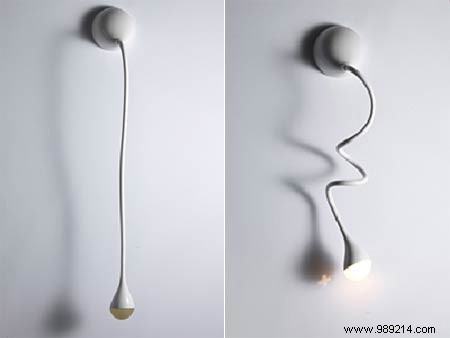Air conditioners and refrigerators are far from environmentally friendly. For some researchers, solving this problem will involve the use of shape memory alloys. These are materials capable of keeping their initial shape in memory. They can then find it, regardless of the conditions.
The refrigerant gases found in air conditioners and other refrigerators – including hydrofluorocarbons – generate a very significant greenhouse effect. Indeed, these gases are at the origin of a greenhouse effect up to 15,000 times higher than that of CO2. In addition, it should be noted that equipment leaks alone represent the equivalent of one billion tonnes of CO2 each year. To this must be added the increased need for air conditioning and refrigeration.
While the use of this type of gas is increasingly regulated, many scientists are working on more respectful alternatives of the environment. Among these, we find shape memory alloys (SMA). These are amazing materials that can remember their original shape. This allows them to find it after having suffered multiple physical constraints (stretching, bending, pressing, etc.).

As Wired explains in an article from August 30, 2020, scientists want to exploit these SMAs for their elastocaloric properties . This is their ability to change temperature under the effect of stresses. For example, SMAs release heat when stretched before cooling back to their original shape. However, the idea is to use this kind of properties by adapting them to our refrigerators and air conditioners.
Today, some research tends to identify the materials best able to variate their temperature when they change state. For experts, these materials would be the most effective in cooling devices. However, some alloys already seem to have an advantage, such as nickel-titanium. However, Chinese researchers discovered in June 2019 a revolutionary AMF made of a nickel-manganese-titanium alloy. The fact is that its temperature fluctuation reaches 31.5°C against around 25°C for nickel-titanium.
Finally, you should know that despite the environmental interest that we associate with this kind of material, these are not eternal . Indeed, by dint of undergoing constraints, they tire and are no longer usable after a certain time.